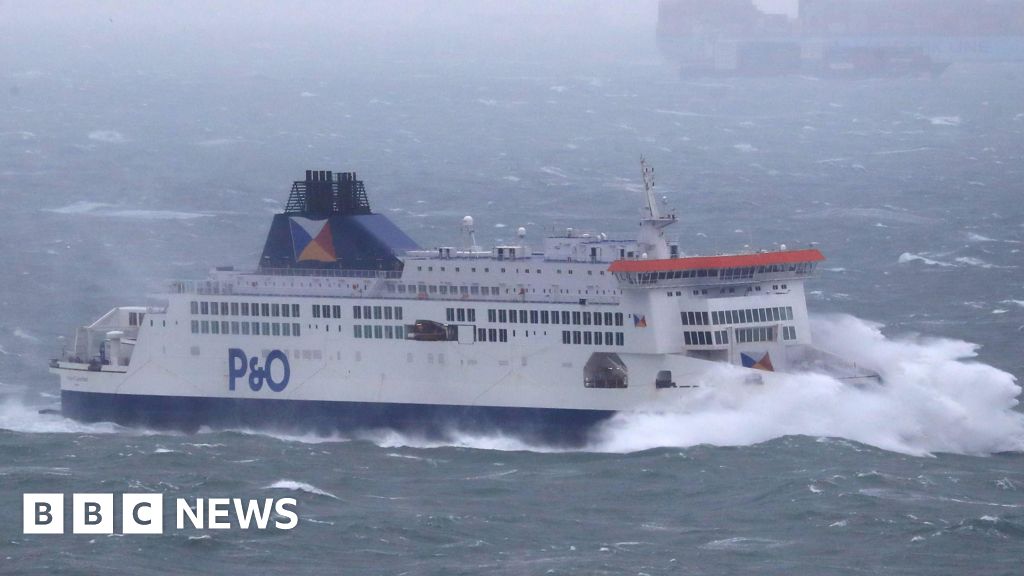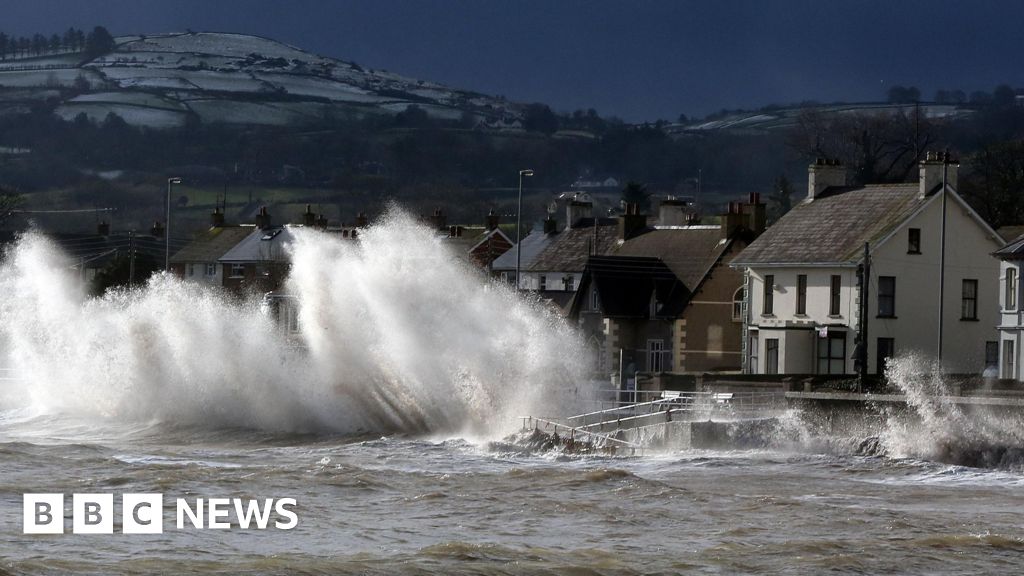Infra
Ireland’s immigration nightmare isn’t over yet

If demography is destiny, then Ireland is at a crossroads. The country is on the brink of a demographic explosion: in just one year, its population surged by more than 180,000, a 3.5 per cent increase in a nation of just over five million. This was the highest growth rate in Europe in 2023 (Britain grew by one per cent) and represents one of the most dramatic spikes in modern history.
The weight of these numbers is being felt across the country. Once sleepy towns have absorbed hundreds of asylum seekers, many of whom are young men from Africa and South Asia, with limited English. In Dublin, Georgian streets and the tree-lined Grand Canal are now blotted with metal fences erected to prevent newly arrived migrants from camping there.
These images are impossible to ignore. The government can no longer gloss over the downsides of mass migration. Simon Harris, the taoiseach, recently conceded that rising homelessness was related to the influx of migrants arriving without homes.
This bombshell observation caused a stir; Ireland’s president flatly rejected the claim, which would have been unutterable by a government minister only a year ago. Even Leo Varadkar, long a champion of free movement, recently acknowledged, “the majority of people think that the numbers have been too high in recent years, and they’re right”.
Given their dismay at the public backlash, one could surmise that successive governments invited the world to Ireland in a fit of absence of mind. However, there was indeed a plan: Project Ireland 2040, unveiled in 2018, forecasted nearly two million additional people in Ireland by 2040, necessitating €116 billion for infrastructure and housing. This cash injection was intended to expand four cities – Cork, Limerick, Galway, and Waterford – by 50 per cent, while also repopulating left-behind rural areas.
Unfortunately, the plan severely misjudged the number of arrivals, which are now more than double the initial estimates, and overestimated the state’s ability to build the necessary infrastructure. As a result, the government has had to take over hotels and office spaces across the country to fill the ever-growing gap.
This is a salutary reminder that international migration, especially when lubricated with generous welfare and other inducements, is unpredictable. No one foresaw the Ukraine war, for example, from which Ireland took in 100,000 refugees.
Even if the state’s building projects had kept pace with the arrivals, it’s worth considering why the Government felt Ireland should be so radically infused with new people. The authors of Ireland’s 2040 agenda seem to equate inward migration with economic growth and imply that foreign workers are essential to support an ageing population.
This notion has become conventional wisdom among some economists and NGOs, of which there are some 35,000 in Ireland. The country’s recent family referendums – spearheaded by NGOs and rejected at the ballot box – demonstrate that some of these organisations tend to steer government policy in unpopular directions.
In 2017, one year before the 2040 plan was published, Jamie Drummond, an NGO worker and associate of Bono, told an Irish foreign affairs committee that “as Africa’s population doubles, a lot of them…will be coming to Europe as economic migrants or as refugees…and that is a good thing…because we will be senile…we’ll need their youthful energy to do stuff.”
It is unclear whether the Irish wish for such a major demographic shift to occur, as this has never been put to a direct vote. I suspect this is because some Irish policymakers view mass migration as an unalterable fact of life and are entirely convinced of its economic and social merits.
However, the benefits are short-lived. Reliance on migration creates a cycle: as migrants age, more will be needed to fill the gaps, leading to ever-rising costs for housing, welfare, and healthcare. These costs often dwarf the contributions made, especially by low-or medium-skilled workers.
The economic benefits are therefore transitory, while the costs are intergenerational and far-reaching.
Perhaps the greatest cost is the dilution of Irish culture and creation of a multicultural – often implying a segregated, low trust – society. This is difficult to quantify. How much will need to be spent, for example, to help migrants assimilate? As Europe has shown, this problem can increase at compound interest, as later generations sometimes exhibit more cultural separatism than their forebears.
The Irish people are already paying to be educated in the sensitivities of race relations. In 2023, the Government made €1.3 million available to NGOs “to combat racism and foster racial equality and community cohesion”.
Many Irish people take issue with their tax money funding figures like Ireland’s racism tsar, who, warming to her brief, publicly accused a Galway hotel of racism after being mistakenly served blackcurrant juice instead of red wine.
Relying on migration also limits the search for more robust solutions to labour shortages, such as encouraging Irish workers to stay in their posts or investing in automation, as seen in Japan.
The Irish people should have a say in their future. Most feel the country has taken in too many migrants, and that this crisis could have been mitigated had the assumptions driving these policies been subjected to more public scrutiny.
As recent crises, including Covid-19, have shown, governments often jump at quick fixes for acute problems while neglecting to consider second-and-third-order effects. This may prove, in Ireland as in much of Europe, to be a fatal error – saddling future generations with an intractable problem.









